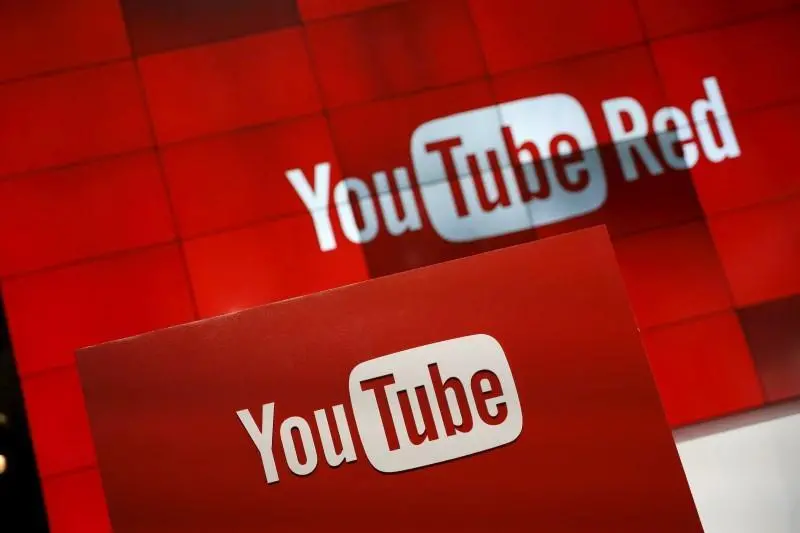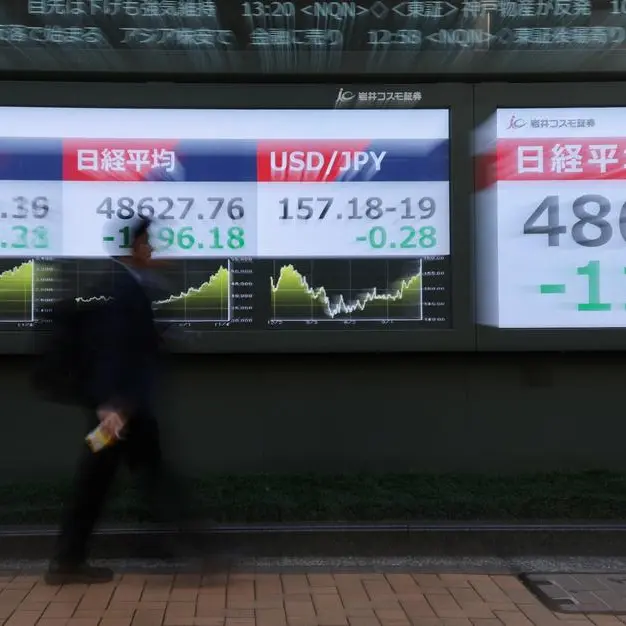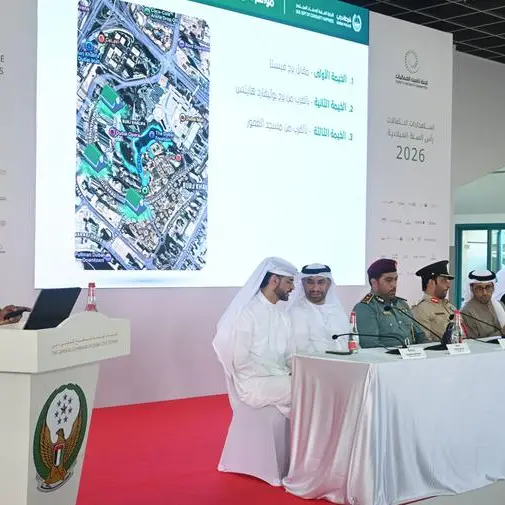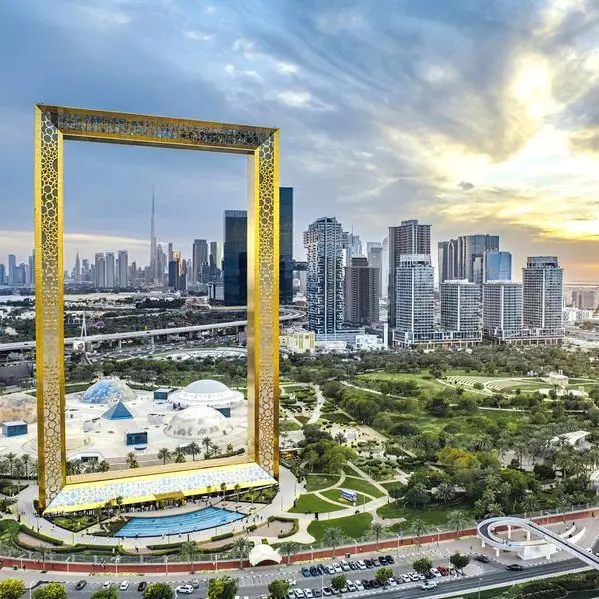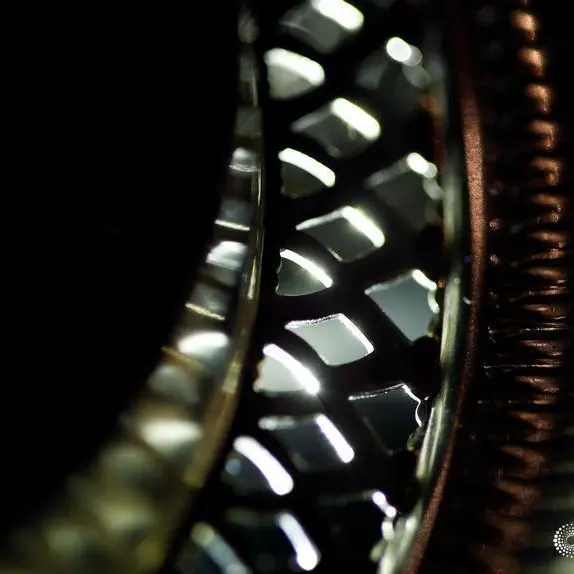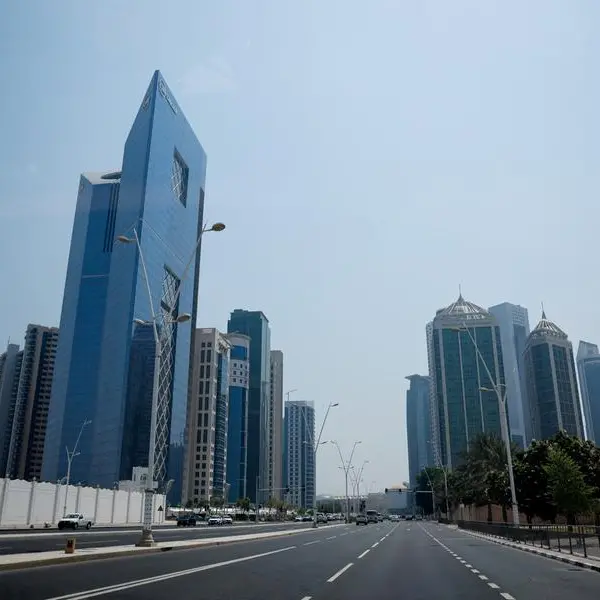PHOTO
YouTube Batala better serves as a hub than a channel itself consisting of over 250 women-led channels from across the region. It features a collection of playlists, categorized by genre, with each playlist containing various creators.
The playlists span genres from beauty and fashion to music and gaming. In fact, gaming has been one of the most important genres in terms of its growth among female audiences as well as content creation.
In 2016-17, when YouTube first launched the Batala project and other women-focused events and initiatives, there were only five women-led channels with more than 1 million subscribers. Today, there are more than 150 women-led channels, with more than 1 million subscribers in the MENA region.
Arab News spoke to Hala Ajil, partner manager at YouTube MENA to learn more about the relaunch of Batala and the growth of female content creators on the platform.
Why was Batala discontinued and relaunched?
The Batala program started in 2017 but was never discontinued. Since 2017, we have been hosting creator events in order to help educate, empower and inspire Arabic-speaking female content creators everywhere. Earlier this year, I was proud to see us relaunch the hub arm of the program, which is effectively a YouTube channel that acts as an index to all great women creators who are part of the program.
(Batala was first launched in 2017 when YouTube held the first-ever female event in Saudi Arabia and launched the Batala hub, which was dedicated to showcasing the diversity of female talent in the region.)
Can you tell us about YouTube's initiatives in empowering female creators?
Over the years, Batala underwent several shape-shifts. We ran two #AnaBatala workshops: in 2018, we ran one in Dubai based on #IamRemarkable with the goal of empowering underrepresented groups, by helping them focus on what made them ‘remarkable’ and another one in 2019 in Cairo during our YouTube pop-up event. COVID-19 prevented us from holding any in-person workshops in 2020 and 2021, so we decided to revamp Batala and hold a three-week virtual Batala workshop and re-launch the hub (this year).
Can you give us some insight into male vs female creators on the platform?
Female content isn’t easy to find in general, and although there’s still a large gap between male and female content creators on the platform, we’re seeing huge amounts of growth in female content. We’re working on several initiatives — Batala being the main one — to help bridge that gap.
How have female creators in the region evolved on the platform?
Certain nuances in the region can challenge women on the platform, and prevent them from creating content, but that’s how passion projects are born. Today, the female creator community is incredibly diverse, with women leading channels across all kinds of genres, from lifestyle and fashion to horror stories and book reviews. One of the things we’re proudest of is how passionate these women are, and that’s one of the main reasons we launched Batala: to celebrate and grow this dynamic community of creative storytellers.
What are the content trends you see among female creators?
Female-led content was typically the content you’d find on most social platforms, such as ‘beauty’ and ‘lifestyle’ content. However, over the years, we’ve seen their content mature and develop; we’re now seeing women delve into the vlogging world, where they create challenges and pranks, travel the world, and collaborate with other creators. We’ve recently seen them start to focus on ‘gaming’ content; more and more females are becoming gamers or at least gaming on the side.
How do female creators in the region differ from ones in Western markets?
Female creators in MENA are incredibly passionate. They want to be heard, and they’ll work hard to ensure they are. These women come from a range of different backgrounds and subcultures; some are still students, others are mothers, and most of them have to juggle several jobs at the same time.
This doesn’t stop them from doing what they love and sharing their world with their audience, as their channels are a window into their world.
What do brands need to know about working with female creators?
Content creators are essentially storytellers; their ability to connect with audiences through opinions, ideas, and events that they are passionate about is what makes them such a powerful force that brands can harness.
The most successful brand and creator collaborations are often the ones where the creator gets to test the product beforehand and genuinely ends up falling in love with it. That way, the product placement can seamlessly fit into the creator’s channel without looking like an advert.
A good example of this is Azza Zarour’s collaboration with Lancome. Lancome wanted to raise awareness about its range of skincare products. Instead of just creating a video talking about the products, Azza worked with Lancome to make a video with her husband, where he chooses her skincare (a common trend on YouTube). The video was authentic, and had a similar look and feel to the rest of the videos on her channel, which is what made it a success.
Copyright: Arab News © 2021 All rights reserved. Provided by SyndiGate Media Inc. (Syndigate.info).
